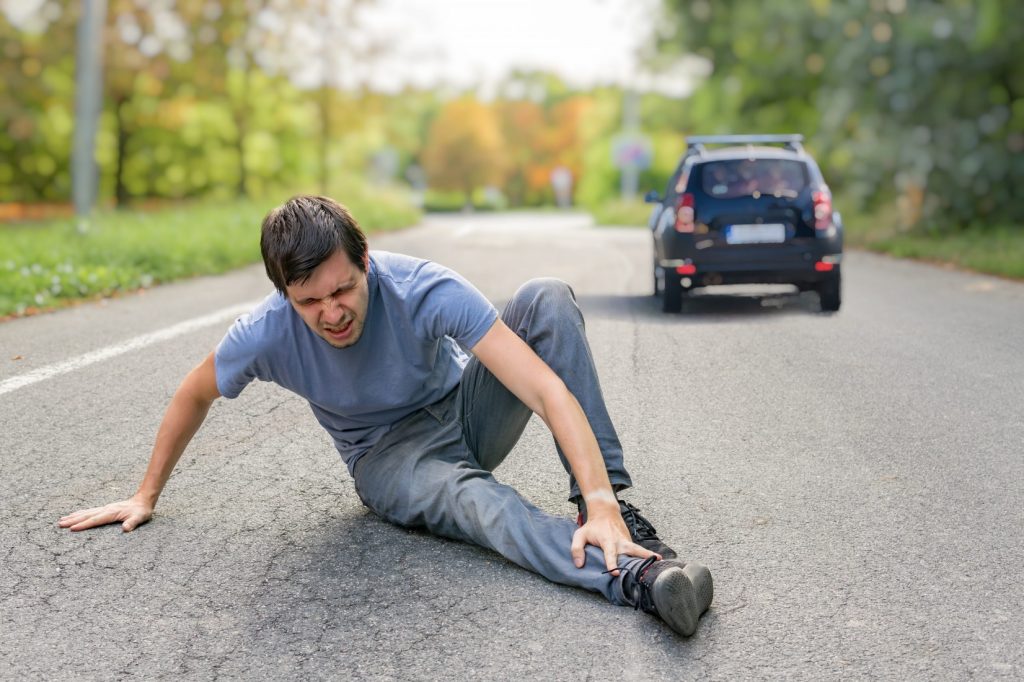
Urban landscapes are the bustling heart of our modern society, yet they pose significant risks for pedestrians. In the United States, pedestrian injuries and fatalities have risen sharply, with over 7,500 pedestrians killed in 2022, marking the highest number in four decades. This alarming trend highlights the urgent need to examine how city design influences pedestrian injury rates and what can be done to create safer urban environments.
The Importance of Urban Design
Urban design plays a crucial role in shaping the safety of pedestrians. Well-designed cities consider the needs of all users, including pedestrians, cyclists, and motorists. However, many urban areas prioritize vehicle traffic, often at the expense of pedestrian safety. Factors such as inadequate sidewalks, poor lighting, and lack of safe crosswalks contribute significantly to pedestrian injuries.
High-Risk Urban Areas
Certain urban areas in the United States are particularly notorious for high pedestrian injury rates. Cities like Los Angeles, New York City, Miami, Houston, and Phoenix report some of the highest pedestrian injury statistics. These cities share common characteristics: dense populations, heavy traffic, and insufficient pedestrian infrastructure.
For instance, Los Angeles is known for its sprawling urban layout, which prioritizes vehicle traffic over pedestrian pathways. The lack of adequate sidewalks and crosswalks in many parts of the city forces pedestrians to navigate hazardous conditions, increasing the likelihood of accidents.
The Role of Traffic Density and Vehicle Types
High traffic density in urban centers significantly impacts pedestrian safety. Cities with heavy traffic flows create dangerous environments for pedestrians. In New York City, for example, the sheer volume of vehicles and pedestrians sharing the same space contributes to higher injury rates. The challenge is further compounded by the presence of larger vehicles, such as SUVs and trucks, which are more likely to cause severe injuries or fatalities in pedestrian accidents.
Data shows that the rise in the popularity of larger vehicles has contributed to the severity of pedestrian injuries. These vehicles, due to their size and weight, are more likely to cause serious harm to pedestrians compared to smaller cars. This trend is evident in many urban areas where larger vehicles dominate the roads.
The Impact of Speed Limits
Speed limits are another critical factor influencing pedestrian injury rates. Higher speed limits increase the severity of pedestrian injuries. Pedestrians struck by vehicles traveling at high speeds are more likely to suffer severe injuries or fatalities. For instance, in California, unsafe speed accounted for a significant portion of pedestrian fatalities and severe injury crashes in 2021.
Lowering speed limits in areas with high pedestrian traffic can greatly enhance safety. Implementing traffic calming measures such as speed bumps and raised crosswalks can also reduce vehicle speeds and make pedestrian crossings safer.
Dangerous Driving Behaviors
Dangerous driving behaviors, including speeding, distracted driving, and impaired driving, are significant contributors to pedestrian accidents. Distracted driving, particularly the use of mobile phones while driving, increases the risk of accidents. Similarly, driving under the influence of drugs or alcohol poses a severe threat to pedestrians. The National Safety Council (NSC) reports that alcohol impairment was a factor in 43% of all pedestrian fatalities in 2021.
Enhancing Pedestrian Infrastructure
Improving pedestrian infrastructure is essential for reducing injury rates. Investing in the construction and maintenance of sidewalks, crosswalks, and proper lighting can significantly enhance pedestrian safety. Cities should prioritize creating pedestrian-friendly environments that encourage walking while ensuring safety.
- Sidewalks and Crosswalks: Building and maintaining well-lit and marked sidewalks and crosswalks are fundamental. Pedestrian overpasses and underpasses can also be effective in high-traffic areas.
- Traffic Calming Measures: Implementing traffic calming measures such as speed bumps, raised crosswalks, and pedestrian islands can slow down vehicle traffic and make pedestrian crossings safer.
- Complete Streets Policies: Adopting ‘Complete Streets’ policies ensures that roadways are designed and operated for safe use by all users, including pedestrians, cyclists, motorists, and transit riders of all ages and abilities.
Public Awareness and Education
Public awareness campaigns and educational programs targeting both drivers and pedestrians are vital for improving safety. These initiatives should emphasize the importance of safe driving and walking behaviors, such as using crosswalks, obeying traffic signals, and avoiding distractions.
- Media Campaigns: Utilizing media campaigns to raise awareness about pedestrian safety issues can significantly impact public behavior. Highlighting the dangers of speeding, distracted driving, and impaired driving is crucial.
- Education Programs: Developing educational programs that teach safe pedestrian behaviors and the importance of pedestrian infrastructure can foster a culture of safety.
Policy Recommendations
Effective policies are essential for enhancing pedestrian safety. Here are some recommendations:
- Enforce Traffic Laws: Strict enforcement of speed limits and laws against distracted and impaired driving is critical. Enhanced penalties and regular checkpoints can deter dangerous driving behaviors.
- Invest in Infrastructure: Governments should allocate funds for building and maintaining pedestrian infrastructure. Prioritizing projects that enhance pedestrian safety, such as sidewalks, crosswalks, and lighting, is essential.
- Promote Safe Urban Design: Urban planners should prioritize pedestrian-friendly designs in new developments and retrofitting existing urban areas. Incorporating green spaces, pedestrian pathways, and traffic calming measures can create safer environments.
Conclusion
City design has a profound impact on pedestrian injury rates. By prioritizing pedestrian safety through improved infrastructure, lower speed limits, and enhanced enforcement of traffic laws, urban areas can become safer for everyone. As we navigate the complexities of modern urban landscapes, it is imperative to place pedestrian safety at the forefront of urban planning and policy-making in 2024 and beyond.

